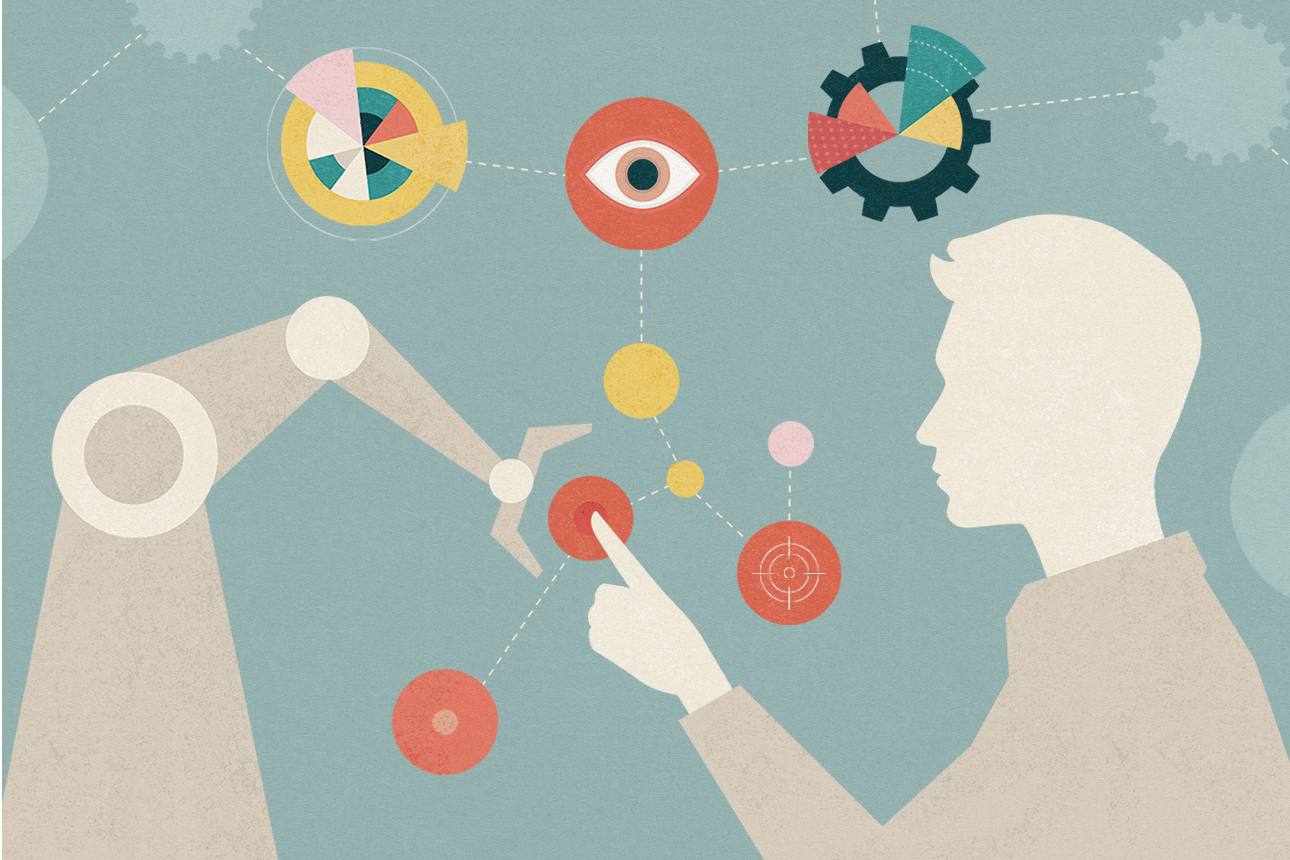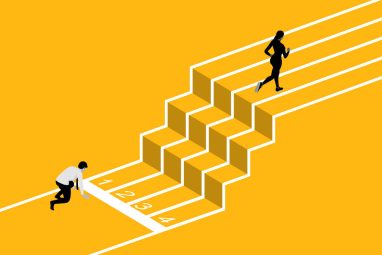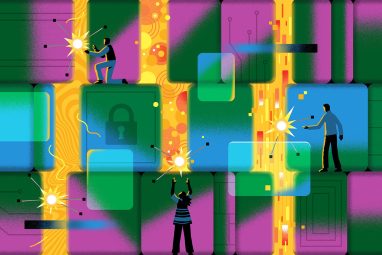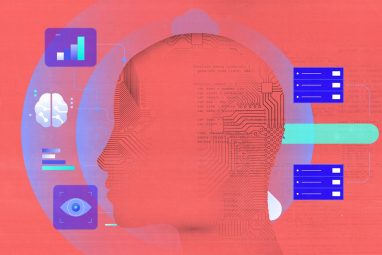How Robots Can Enhance Performance Management for Humans
New research finds that individuals’ performance can be measured more accurately when robots work alongside them.
Topics
News
- Private Sector to Outpace Governments in $20 Billion Earth Intelligence Market
- Saudi Arabia to Add 112MW to Data Centre Capacity in New Deal
- UAE Dominates Global Data Centre Rankings as Region Becomes Digital Infrastructure Hotspot
- AI Adoption Climbs 233% Globally with the Middle East Showing Similar Momentum, Report finds
- du Launches UAE’s First Sovereign Hypercloud for Government and AI Innovation
- Ooredoo Launches Sovereign AI Cloud in Qatar Powered by Nvidia GPUs

We are in the middle of a robot revolution. The past decade has seen dramatic growth in robot adoption across an increasing number of industries, and it shows no signs of slowing. In a recent McKinsey survey of companies worldwide, 88% of respondents said they plan to invest in robotics for their business. Our research has found an equally and perhaps more important transformation taking place: The adoption of robots is improving companies’ ability to recognize and reward good employee performance.
Within every organization, leaders face a fundamental question: How do we get the best from our people? One of the most common methods is offering monetary rewards — usually, periodic bonuses — that are linked to performance. This practice is grounded in the idea that better performance should be more highly rewarded. But that approach is rarely simple to implement in practice because it requires that performance be measured well enough to be evaluated effectively. This is challenging to accomplish for most roles and even more so for individual employees. Because so much work is done in teams and managers can’t monitor the specific activity of each employee or accurately measure individual performance, many organizations choose to pay bonuses based on team or company performance rather than on individual performance.
Measuring Human Performance When Colleagues Are Robots
What does all this have to do with robots? In our research, we have found that companies that adopt robots improve their ability to measure human performance. To illustrate, let’s say you’re working in a team of two. Your manager can see and evaluate your combined productivity as a team but not what each of you is doing individually at all times. In theory, both of you are supposed to be contributing equally; in practice, you’re doing far more of the work, which isn’t visible to your busy manager.
Then, let’s say your teammate is replaced with a robot. As a machine, the robot is much more precise and consistent in doing its work tasks and might even provide data about its performance while operating. Because it’s so consistent and transparent, any disruptions or spikes in productivity can much more clearly be identified as coming from either the robot or from you. If there are others in your organization who work with the same type of robot in a similar way, then it’s much easier to see how their individual productivity varies from yours.
In other words, because robots are, by their very nature, much more consistent and transparent than humans, human activity becomes easier to observe if robots join the team. The more robots there are relative to humans, the easier it is to distinguish and measure individual human performance.
The more robots there are relative to humans, the easier it is to distinguish and measure individual human performance.
In one real-world example, a repair facility at a major U.S.-based electronics company experienced a dramatic improvement in its ability to observe employee productivity after robots were implemented to assist workers in the repair process. Because robots, unlike humans, do not get physically tired while performing repetitive tasks, they were able to perform more consistently. This reduced variance in the production process and allowed managers to more clearly observe individual employee behaviors. Many employees followed a regular pattern of being more productive in the morning than in the afternoon, with substantial variance in their afternoon productivity. As a result, many workers ended up with more repairs to finish later in the day as they rushed to meet their daily quotas. This “cramming” of work was especially problematic because it typically resulted in more errors due to the workers having rushed.
Integrating robots into the repair process eased the tracking of individual employee productivity in two ways. First, robots made different types of errors than humans. The robots’ errors were consistent, which made human errors easier to distinguish. Second, the robots themselves provided precise data about their own performance, which made it easier to isolate performance outcomes, both positive and negative, caused by human behavior. This data generation capability allowed managers to better monitor productivity overall and to more easily detect weaknesses in the production process. Managers at the repair facility, for example, hadn’t been aware of the extent of the afternoon cramming behavior until robots were incorporated into the production process. Once the problem was clearly identified, they were able to reorganize the work process to reduce errors; overall error rates at the facility have since improved.
These types of improvements in performance measurement can have especially dramatic effects on productivity in combination with performance-based incentives. If it’s easier to observe and measure the performance of individual employees within organizations, good performers — who may have received little reward or recognition because of measurement challenges — become easier to identify and reward, and leaders really can do better in getting the best from their teams. And this is exactly what we find in our research: Companies that adopt robots are also more likely to adopt bonus incentives tied directly to individual performance as opposed to team or organizational performance. With better measurement comes increased rewards for an organization’s good performers, and a more productive workplace. Using robots is fairer for the people who work at an organization.
Robots are changing the nature of work. Beyond eliminating some jobs and creating new ones, robots are also changing organizations’ ability to get the best from their people, as well as the way we experience work itself. Robots offer an exciting opportunity for businesses to redesign the roles and responsibilities of the humans that work with them, giving those companies a competitive edge over rivals not because of superior technology but because of better processes. The robot revolution isn’t going to eliminate the need for humans. Rather, it’s bringing both new challenges and opportunities for identifying, rewarding, and managing human talent.





